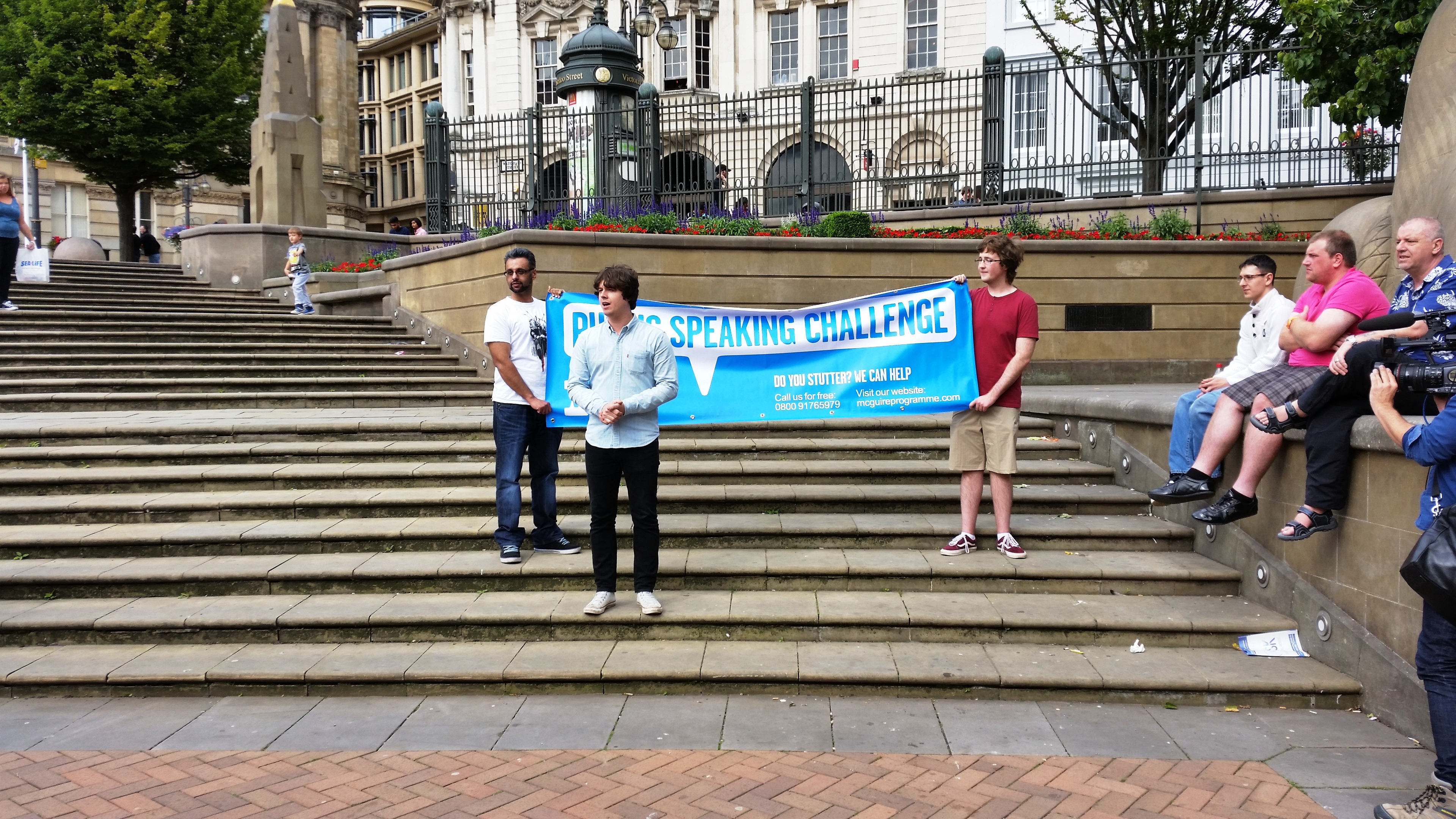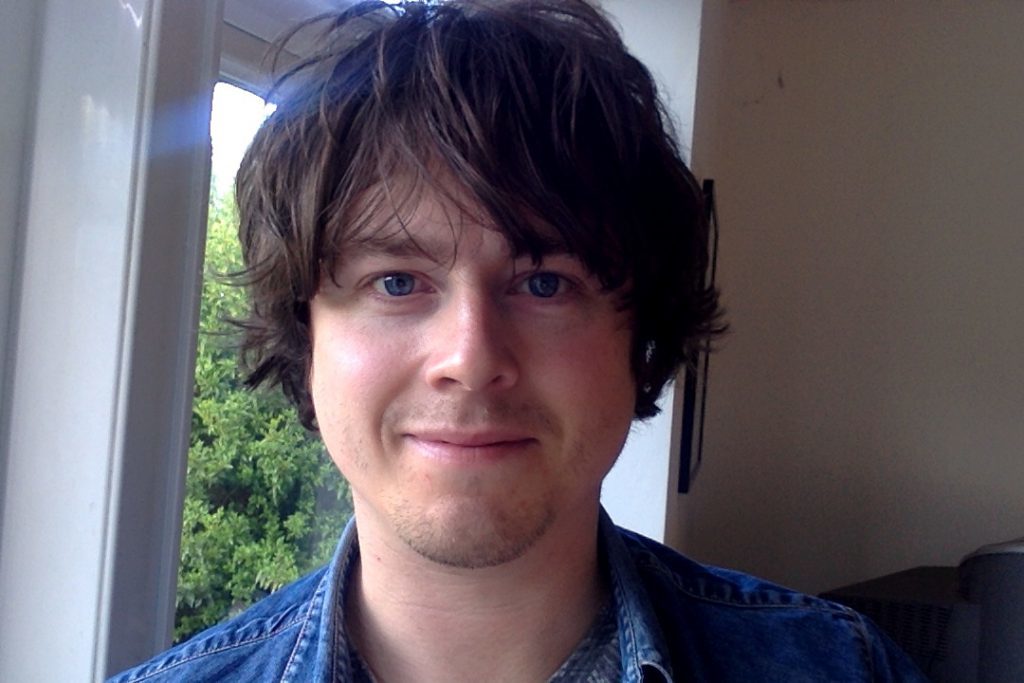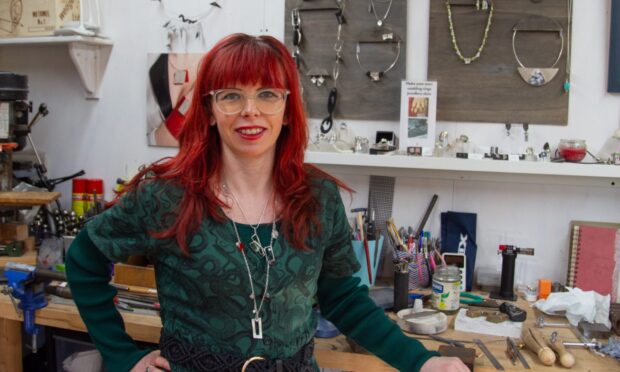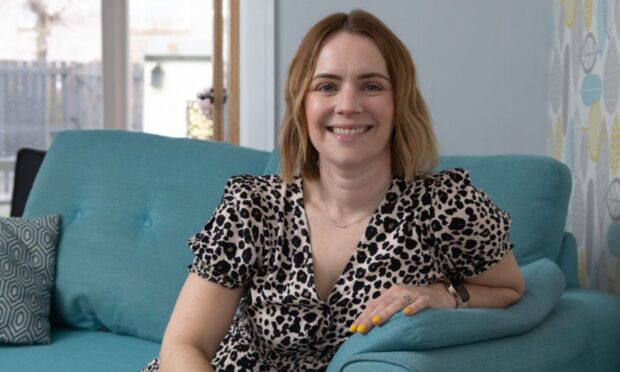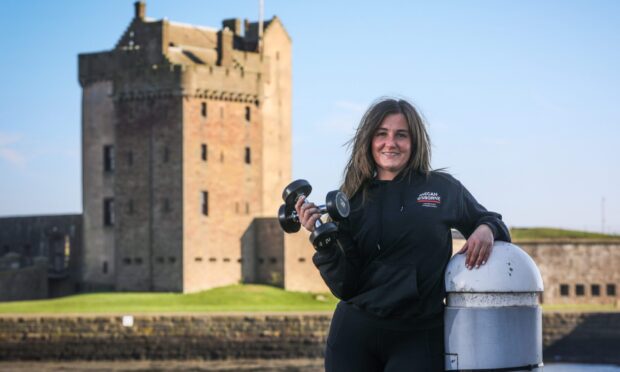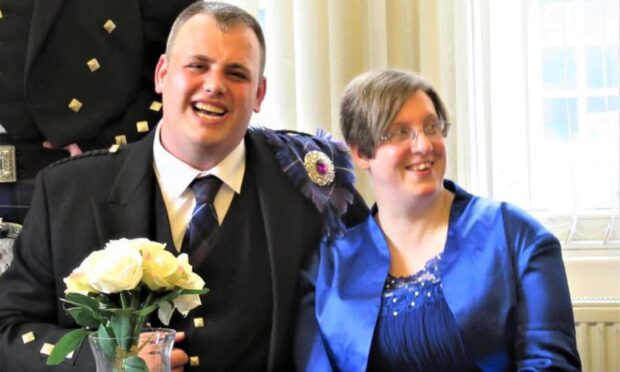When Steven Cairns was aged just five he wondered why the ice cream man laughed at him when he asked for his cone. It was then that he realised he spoke with a stutter, an affliction that affects around 1% of the world’s population – and one that would blight his life for the next 20 years.
“Ever since that day I began to go into myself more and more and I hardly spoke to anyone for fear of ridicule,” says Steven, 34, who lives in Edinburgh.
“Whenever I felt I had something worthwhile or funny to say, the moment would pass before I had the courage to speak. I had no confidence and became quite depressed.”
Steven left school with no qualifications and no prospects for the future.
”I drifted in and out of temporary work but left when they asked me to start using the phone. I was at my lowest point when I was around 25 and I seriously considered suicide.
“Life was just too hard. The biggest thing for me was not being able to even say my own name. I had to settle for telling people my name was Iain because I struggled to say Steven.”
The he heard about the McGuire Programme, an intense speech therapy course for stutterers, run by stutterers.
“I joined the course in 2009 as a last resort and it has completely turned my life around,” he says.
“It taught me to accept myself and my stammer and gave me techniques to be able to say what I want, how I want and when I want.”
Techniques include “costal breathing” from a different part of the diaphragm that does not react to fear; being open about stammering; and pushing out of comfort zones.
Now a supervisor for his brother’s plumbing and heating company, Steven has the confidence to speak in all situations, allowing him to express the person that was locked away for so long.
“I used to think my stammer was this big monster but now I view it as this tiny thing that’s part of me and I accept it,” he says.
Steven will be running a McGuire course in Dundee this week, October 19 to 23 at the Queen’s Hotel. To book a place visit www.mcguireprogramme.com
We need to talk…
Most stammering begins in early childhood and children who have been stammering for more than three years are more likely to continue to stammer throughout their lives.
Stammering is not about people ‘pulling themselves together’, ‘thinking before they speak’, simply ‘relaxing’ or ‘taking a breath’, or indeed just ‘being more confident’.
Don’t let people rush you. Stick to your guns and finish your sentence in your own time, even if someone is trying to finish it for you. You have a voice.
If you’re ordering in a restaurant, don’t settle for second best just because it’s easier to say.
Remember you’re not alone.
Maintain good eye contact when you’re speaking.
Never laugh at someone who stutters. Be respectful, compassionate and patient.
If your partner stammers, remember it’s an important issue for them and ask how you can best help them.
There are many famous people with a stammer: King George VI, Marilyn Monroe, Bruce Willis and Gareth Gates.
